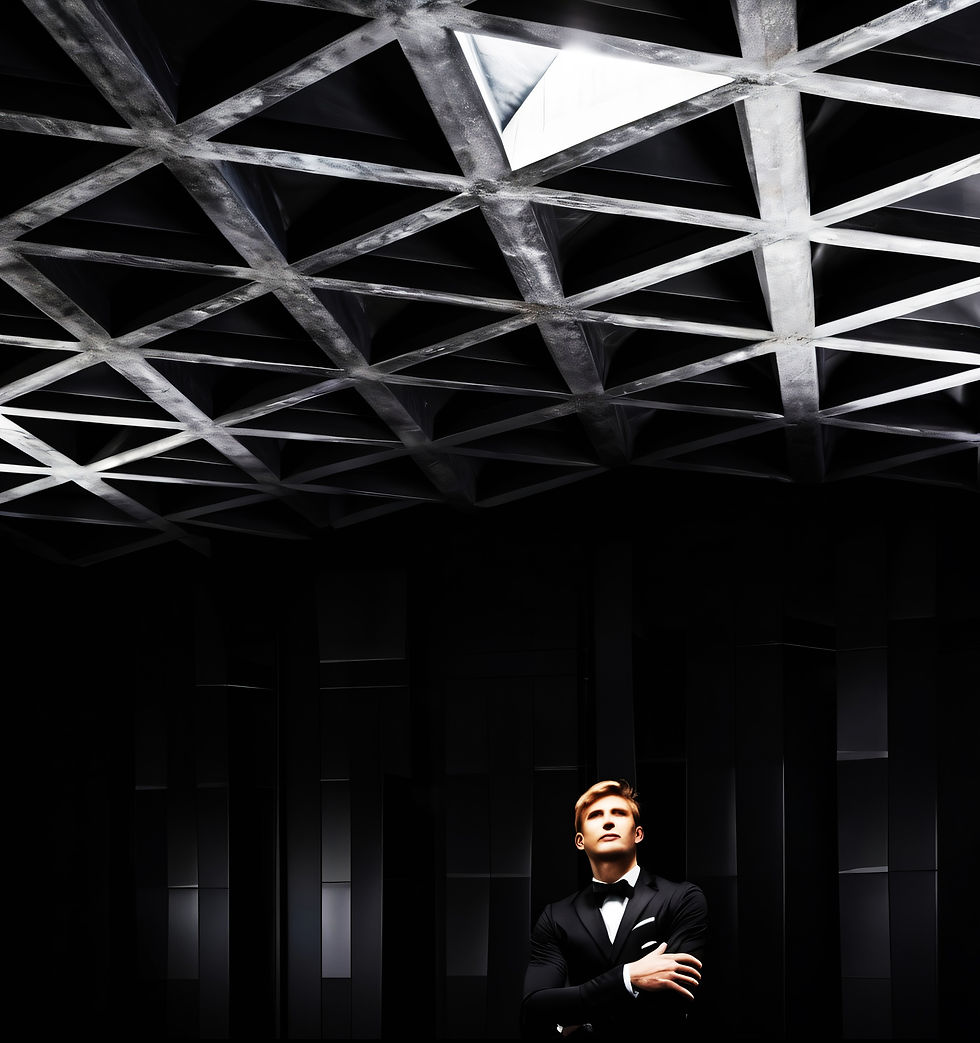What is Archi-Therapy?
- moshe-katz
- Jul 8
- 2 min read
Updated: Jul 17
A Healing Invitation I still recall the first time I realized architecture could do more than shelter—we could design spaces that genuinely heal. It wasn’t a grand hospital wing but a small garden pavilion where dappled light and gentle breezes eased my racing thoughts. In that moment I understood that architecture can become an active partner in our well‑being, speaking to body, mind, spirit, and soul all at once.
Architecture as Therapy Most buildings solve functional problems—shelter, security, circulation. Healing spaces ask a deeper question: How can walls, light, and sound restore balance within us? I begin every project by imagining the moment someone enters and feels tension melt away. From there I let empathy guide my pen: What colors calm the spirit? Which materials ground the body? How might subtle vibrations or soft echoes soothe anxious minds?

Holistic Spaces Healing spaces are never one‑dimensional. They draw on light, sound, color, even movement to tend our entire being. I’ve learned to think of light not just as illumination but as medicine—warm morning rays that energize, cool twilight glows that invite rest. Sound becomes part of the design too, whether through whisper‑quiet surfaces or gentle water features that wash away stress. Each element weaves together, creating a cocoon of holistic care.
Multidisciplinary Harmony No single discipline holds all the answers. I often collaborate with artists, therapists, and technologists to layer my designs with kinetic architecture, AI‑driven lighting patterns, or soundscapes tuned to human emotion. In one recent project we used programmable panels that change color and texture throughout the day, mimicking nature’s rhythms and helping occupants feel connected to a larger cycle.

Intuition Before Logic I fight the urge to rush into floor plans or building codes. Instead I pause and listen to my own inner voice—what excites me, what soothes me. That first spark of intuition becomes the DNA of the project. Only once that emotional foundation is set do I turn to functional layouts, plumbing, and regulations. This reversal keeps the healing intent alive even as the design grows more complex.
Scale of Care Healing architecture spans every scale, from the sweep of a boulevard to the corner of a treatment room. I’ve designed acupressure gardens woven into city blocks—small interventions that recharge neighborhoods—alongside intimate meditation nooks no larger than a bench. Each scale offers its own potential: an urban plaza can lift a community’s spirit, while a private alcove can restore an individual’s calm.
Becoming an Architectural Therapist To practice archi‑therapy is to commit to optimism, empathy, and continual experimentation. I remind myself daily that every human problem can find a spatial solution. This belief fuels my creativity and pushes me to explore new materials, forms, and technologies. I see my role not just as a designer of buildings but as a guide on each occupant’s journey toward well‑being.

Next time you pass through a space—whether a park pavilion or a waiting room—pause and notice how it makes you feel. Ask yourself which elements calm you and which stir discomfort. In doing so you join the conversation between architecture and therapy, and you may discover that the places we inhabit can become some of our greatest healers.
spiritual spaces, sacred architecture, emotional design, architecture and soul, designing with light and meaning, healing environments, architecture and mindfulness, moshe katz









Comments